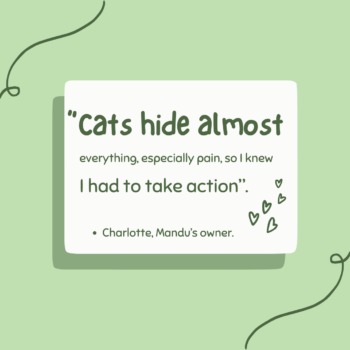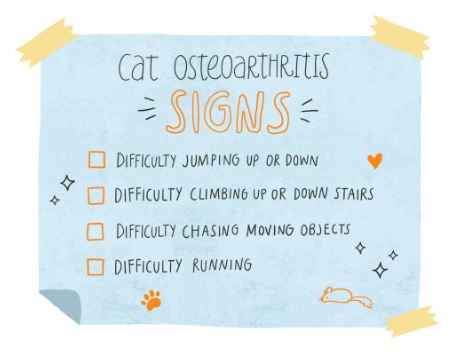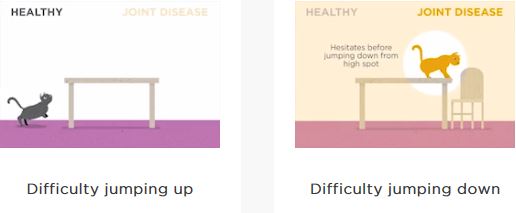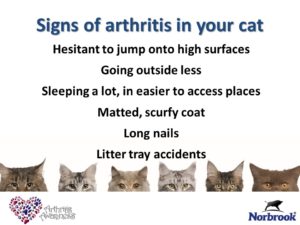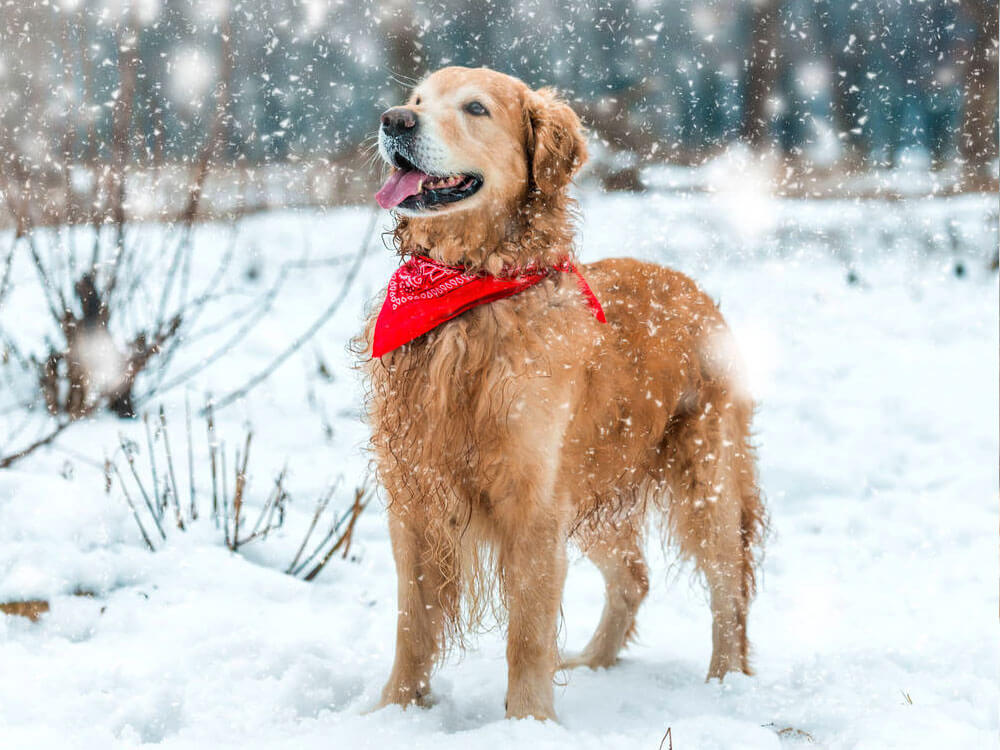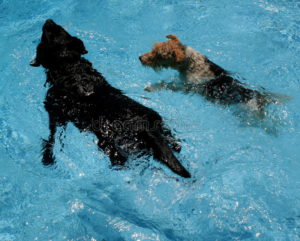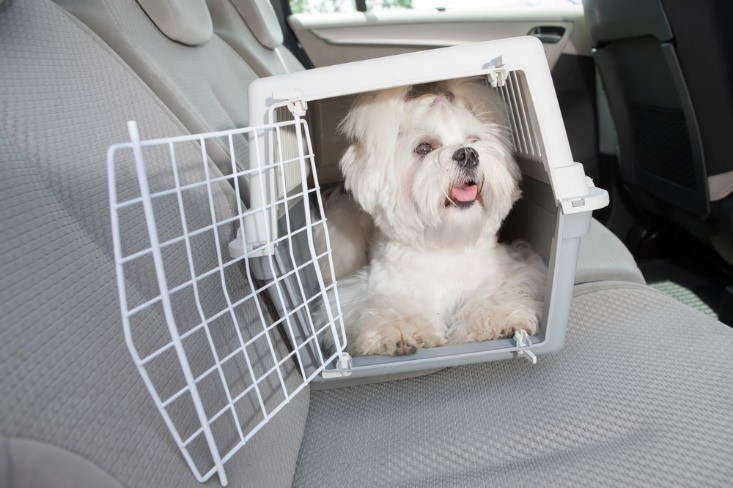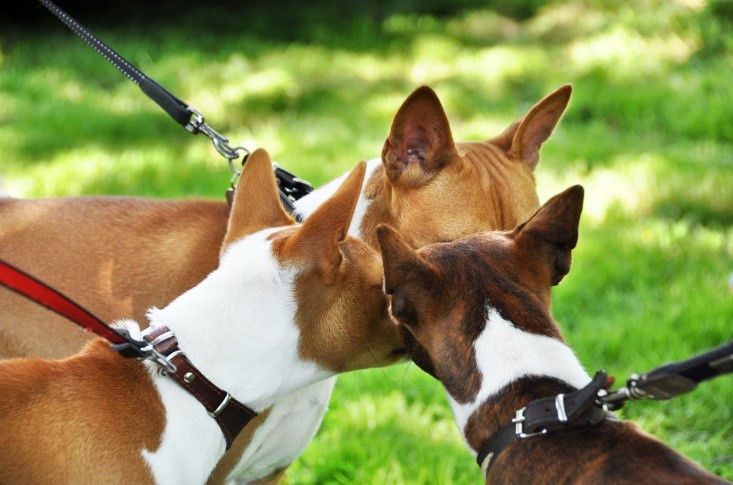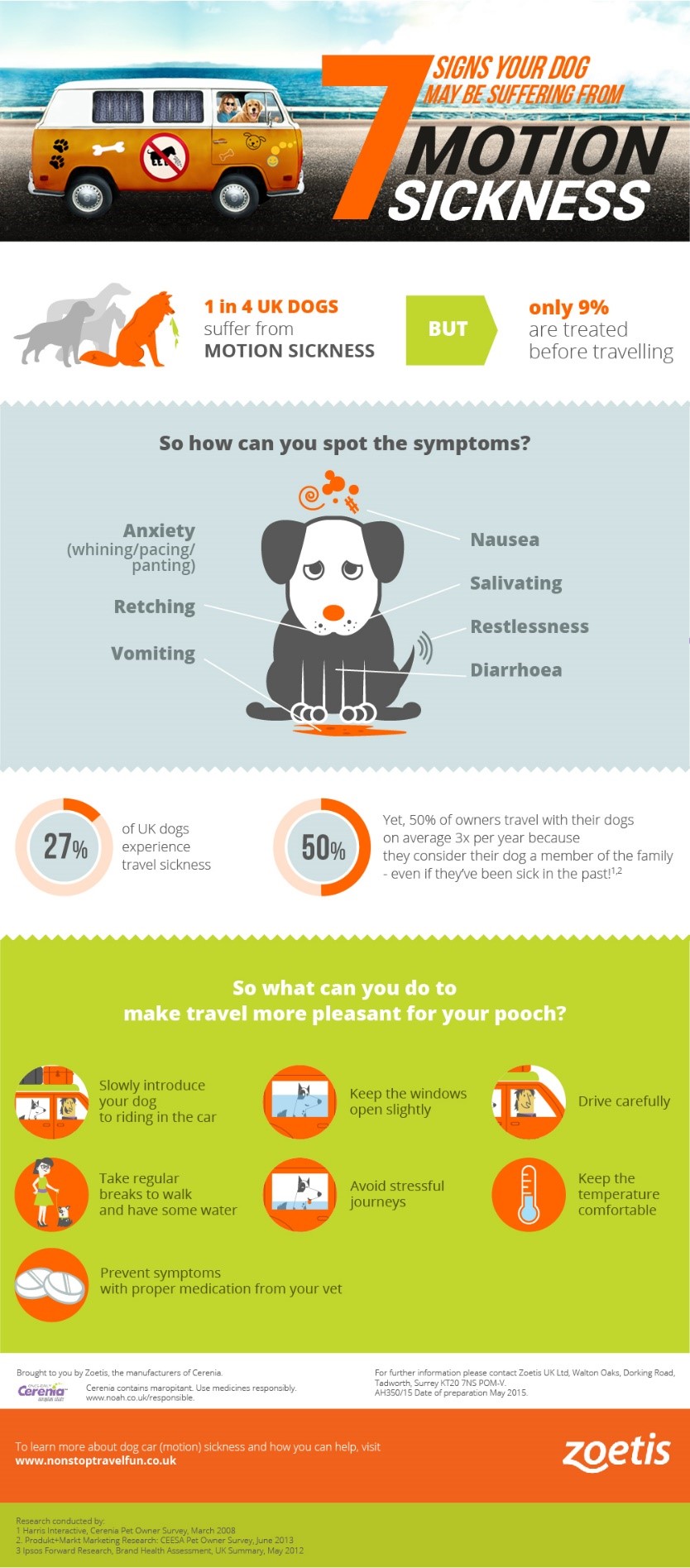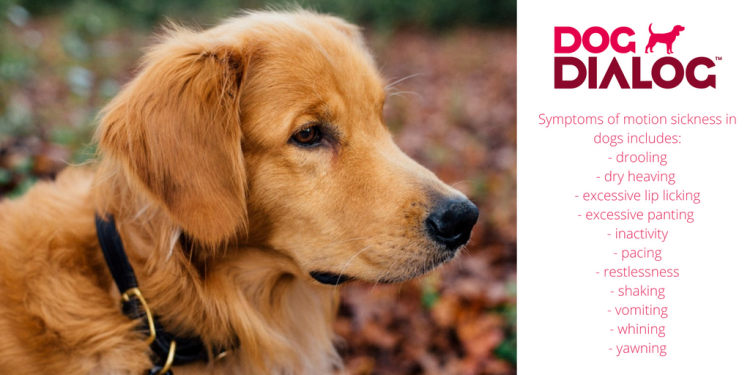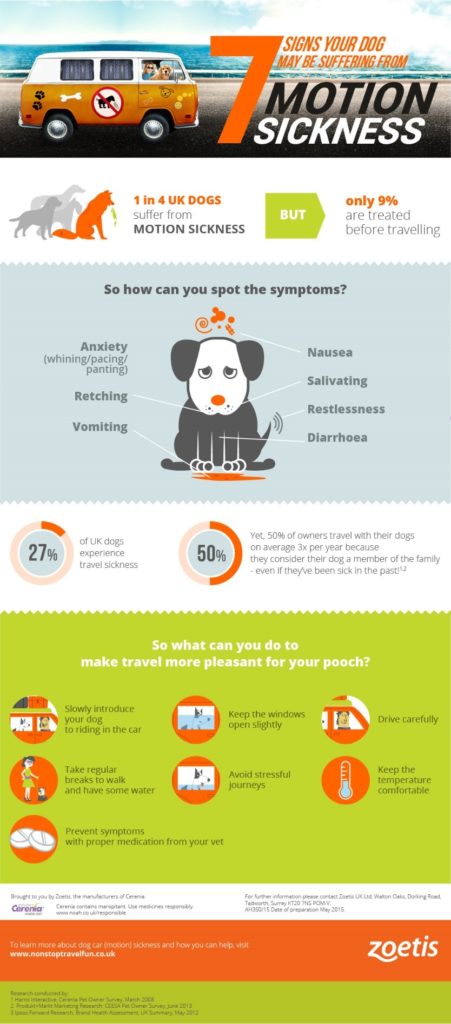Your Guide To Handling An Out-Of-Hours Dog Emergency
You never want anything bad to happen to your dog, but, sadly, sometimes these things do happen. It can be made worse if it is out of hours and you do not know where to turn for advice and guidance. As a dog owner you should always have the number of your veterinary practice with you, and make sure you know the number for an out of hours emergency vet (if you vet doesn’t already provide this – Thankfully we do). Here is our guide on what to do in the event of a dog emergency.
What constitutes an emergency?
The first step to handling an out of hours emergency is to remain calm and assess whether the situation is actually an emergency or not. Many people panic and rush around trying to find an emergency animal hospital, but this response can cause more harm than good.
Here is a list of different situations you may find yourself in that require an emergency vet:
- Your dog is panting, can’t lie down comfortably and keeps trying to vomit
- Your dog is extremely weak or collapses
- Your dog can’t breath properly
- Your dog has bloody diarrhoea or vomit
- Your dog can’t / won’t eat for over 24 hours – (particularly in younger puppies)
- Your dog is unable to urinate
- Your dog has a seizure (they can come in clusters and become more frequent over time)
- Your dog has lost the use of its hind legs – this is more common in dogs with long backs and short legs and can be a sign of spinal damage. Rapid treatment can significantly improve their subsequent quality of life in such circumstance.
- Your dog has eaten a poison – always try to bring us the packet or label of the substance they have eaten.
- Your dog experiences a sudden trauma or he / she is in severe pain.
Under the Animal Welfare Act severe pain requires you to seek emergency medical assistance.
Immediate treatment you can perform yourself.
To help offset the effects of an emergency, or to handle some minor injuries yourself, here are some steps you can take. Keep your dog warm at all times, unless of course they are suffering from hyperthermia (overheating).
Place a tightly wrapped towel or a bandage over any wounds or bleeding, or, if you cannot bandage the area, place a pad on the area and press down firmly until you are with the vet. However, it is important that you do not apply your own splint. Run cold water over any scalded or burned areas for five minutes.
Under no circumstances do we recommend that you make you make your dog vomit.

Where to find emergency care for your dog.
Do you have a pet emergency? If so call us straight away on 0208 567 2724.
This is our main Ealing surgery number and it will give you access to veterinary advice 24 hours a day, 365 days a year. Our team will attend out of hours emergencies from our Ealing surgery between the hours of 7am and 10pm everyday. Between the hours of 10pm and 7am urgent cases will be seen at the local 24 hour clinic in Richmond run by Medivet.
If you call us when the surgery is closed, our recorded message will provide you with the contact number for the veterinary surgeon on call.
It is always advisable to call in advance, so we can give you the best advice and prepare for your pets arrival.
What to expect when you arrive.
Once you arrive, you will need to be clear and concise in providing our team with as much information as possible regarding the emergency. For example, if your dog has swallowed or eaten something they shouldn’t have, you need to tell the vet exactly what it was and ideally provide the labelling.
It can be helpful to take any medications your dog is currently receiving with you and any relevant notes you may have especially if you are not seeing your usual vet. If you are already a client of Young Veterinary Partnership our team will be able to access your pets records from any of our four other surgeries.
In many cases, while your dog is undergoing treatment, you will be unable to remain in the room with them. However, you may need to be present in some circumstances, and, during these times, it will be up to you to help them stay calm.

What constitutes an emergency?
Insurance, costs and payment.
Depending on what the problem is with your dog, the costs may run quite high. You need to be prepared for this and ensure you have necessary funds. Here at Young Veterinary Partnership the Out Of Hours charge is £132.00 for a consultation, (there is a surcharge of £63.66 for unregistered clients). After 10pm all emergencies are seen by Medivet 24 hour clinic, their consultation charge is £143.29.
Please note: If your pet requires hospitalisation, and / or further treatment, these charges will be in addition to the consultation fee. Emergency Out Of Hours fees will vary from patient to patient.
Such topics are never pleasant, which is why it’s always worth having full insurance for your dog. To make a veterinary fees claim, you will need to pay an excess or additional charges, but insurance will help make such unwanted situations much more affordable. Take your insurance certificate and claim form with you.
What you can have planned in advance to make the process easier?
Beyond sorting out suitable insurance, there are not many other steps you can take to prepare for any emergencies. If you are a registered client with us, our team will be able to access your pets record from any one of our four West London surgeries.
You can also prepare a dog-specific first aid kit in your house, in case you ever have an emergency. Beneficial items to include are things like large bandages, saline solution, a muzzle and an Elizabethan dog collar. Finally, always have the contact number of your veterinary surgeon with you as you can never predict when a dog emergency may arise.
Blog and images supplied from Zoetis
Written by Gemma Hopkins BVETMED, CERTVC, MRCVS







